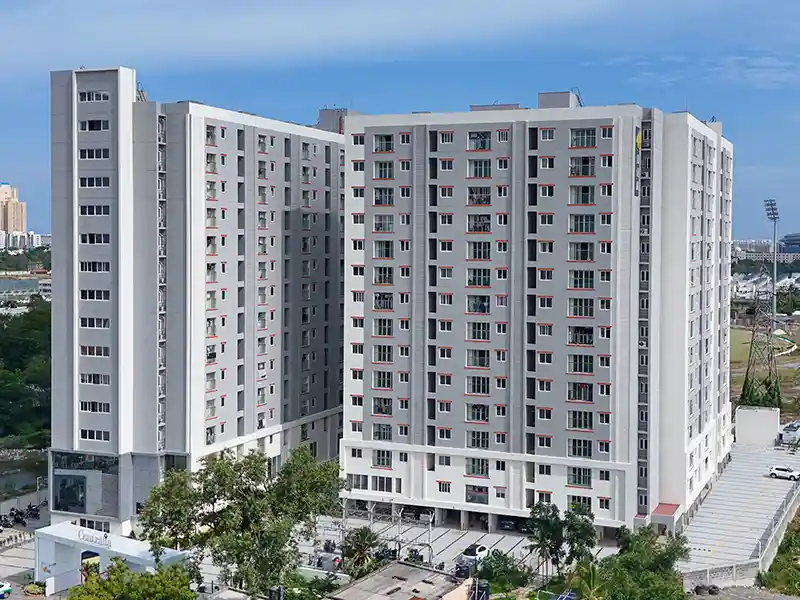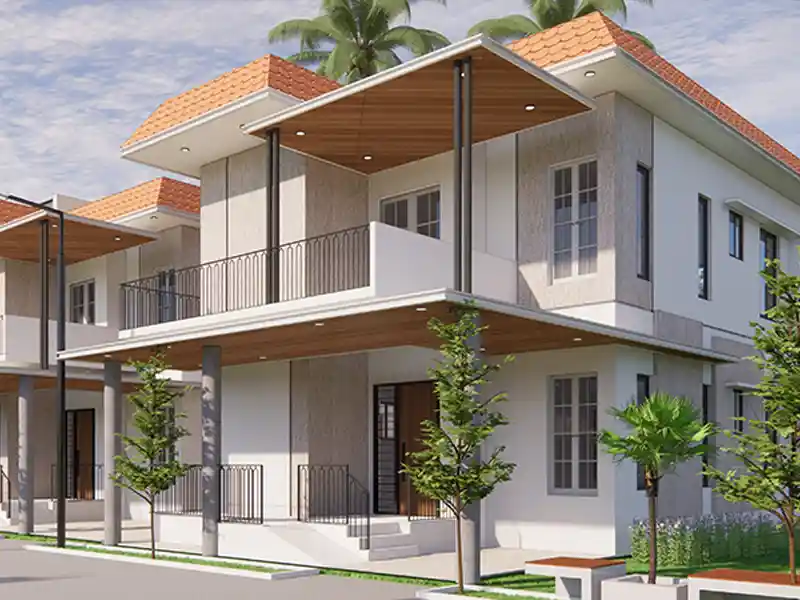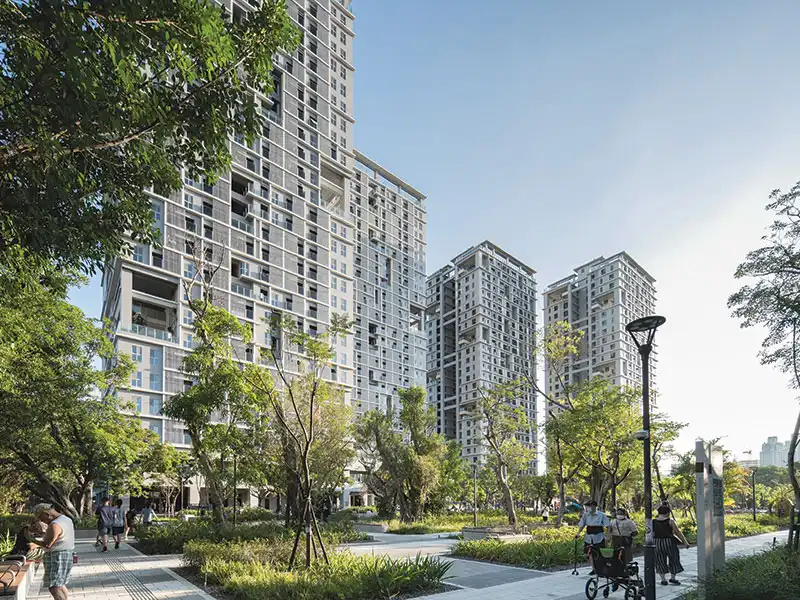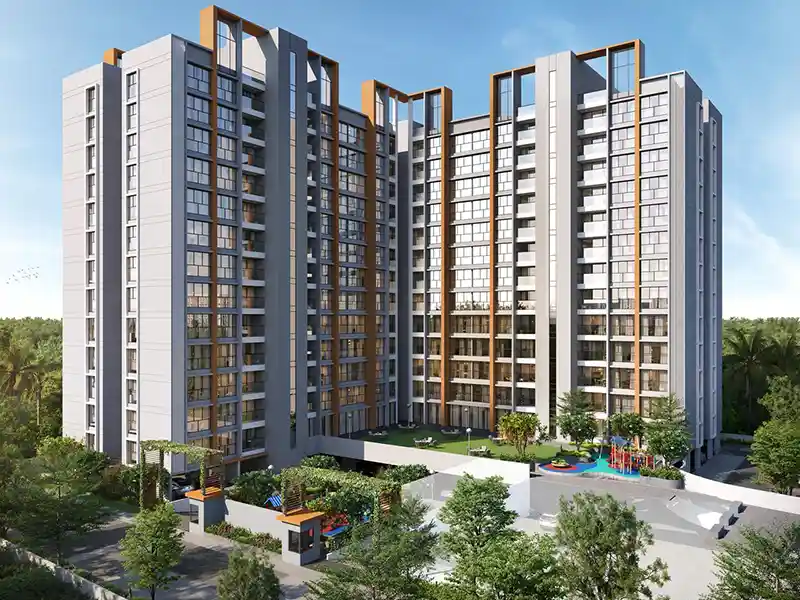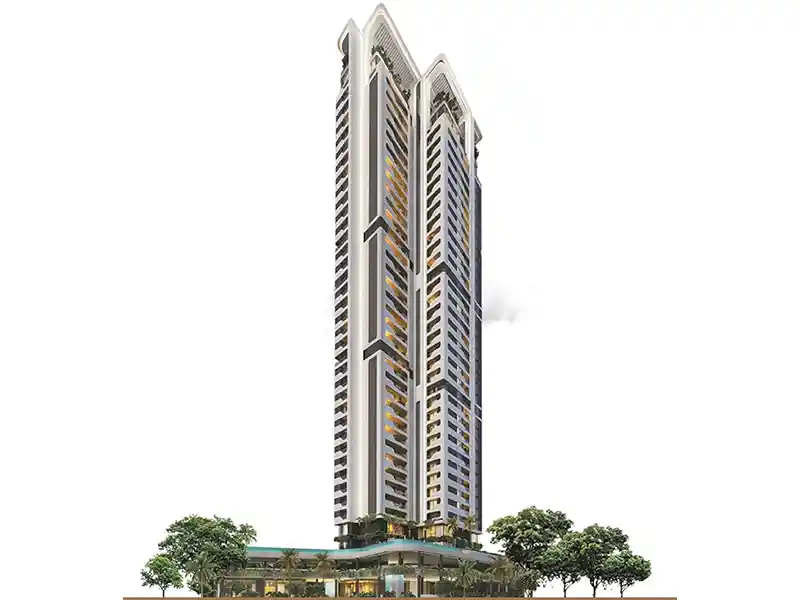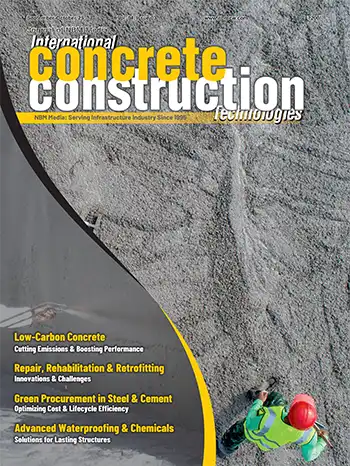
To create a responsive living environment, homes are integrated with interconnected devices and weather monitoring systems to provide real-time data on local weather conditions. For instance, weather stations can predict and alert residents on incoming storms, facilitating early preparation and minimising potential damage.
In a world where climate change is a global issue, the resilience of living spaces has become a critical concern. The fusion of cutting-edge technology with residential design presents a groundbreaking solution: smart homes tailored for weather resilience. This approach rises above the conventional, embedding robustness and adaptability into our dwellings.
Abhishek Chadha & Aashita Chadha
The integration of smart technology for weather resilience extends to home automation platforms. These platforms unify various smart devices, allowing them to work in harmony. Automated climate control is another crucial aspect of smart homes. Advanced HVAC systems with sensors can adjust indoor temperatures and humidity levels in response to external weather changes. Smart thermostats can be incorporated to learn user preferences over time, further enhancing energy efficiency and cost savings.

Solar panels aligned with battery storage systems can provide a reliable alternative energy source during grid failures. Moreover, smart grid technology allows homes to switch between grid power and stored energy, ensuring continuous electricity supply even during prolonged outages.

Flooding is another critical issue that smart home technology can mitigate. Advanced water detection systems monitor moisture levels and detect leaks, providing early warnings to homeowners. In conjunction with automated shut-off valves, these systems can prevent significant water damage by stopping leaks at the source. Furthermore, smart drainage systems can be activated remotely, ensuring efficient water management during heavy rainfall.
Embedded within the context, smart windows and shutters can also assist in weather resilience. Automated window systems can respond to weather changes by adjusting blinds or closing windows during storms, protecting the interior from damage. Additionally, these systems can enhance energy efficiency by optimising natural light and ventilation based on real-time weather data. As technology evolves, the potential for creating increasingly resilient living environments will pave the way for smarter and safer homes.


